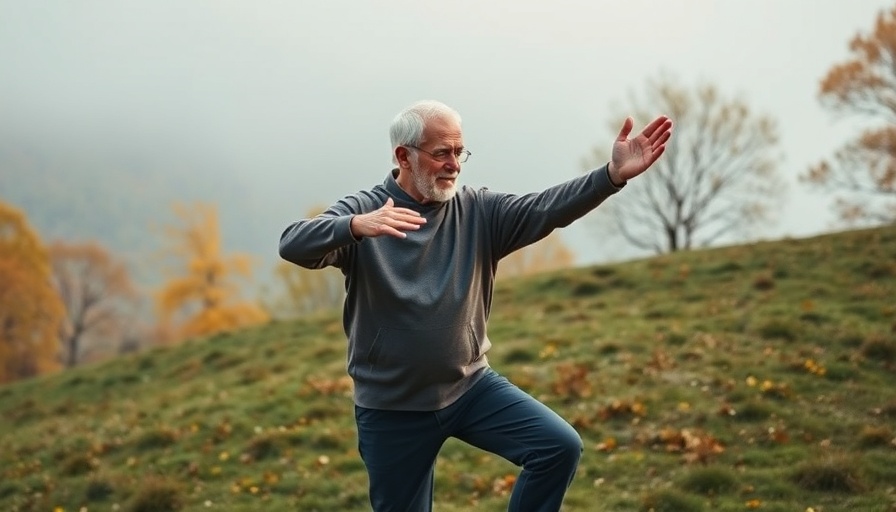
Why Balance Exercises Are Essential for Healthy Aging
As we age, preserving our quality of life becomes a priority. While many people focus on cardiovascular and strength training for heart health and muscular strength, they often overlook a critical component of fitness: balance. Falls are the leading cause of injury and disability in adults aged 65 and over, with about one in three seniors experiencing a fall each year. Incorporating balance exercises into your routine can significantly reduce this risk and enhance overall well-being.
The Dangers of Falling: A Hidden Crisis
Each year, more than 6,000 older Australians die as a result of falls, highlighting the severity of this issue. Falls can lead to long-term disability, loss of independence, and even institutionalization. According to the World Health Organization, prevention is key. Research indicates that engaging in functional balance and strength training three or more times a week can drastically improve a senior's ability to perform daily activities, thereby reducing fall risk.
Functional Training: Building Real-Life Skills
Functional training involves physical activities that mimic daily tasks, helping seniors improve their ability to stand up from a chair or step onto a step. This training not only enhances balance but strengthens muscle coordination and body awareness. Experts advocate starting balance training by age 50 to counterbalance natural declines. Simple activities such as standing on one leg or practicing tandem balance can make a significant difference.
Effective Exercises to Enhance Stability
To help seniors integrate balance exercises into their routine, several effective options exist:
- Tandem Balance: Stand with one foot in front of the other, heel to toe, for improved stability.
- Single Leg Balance: Lift one foot off the ground for a few seconds to challenge your stabilizers.
- Sit-to-Stand: Practice standing up from a chair without using your hands to strengthen leg muscles.
Additionally, engaging in activities like Tai Chi and dance can enhance coordination and balance, proving that fitness doesn't always have to feel like a chore.
Balance Beyond the Gym: Daily Incorporation
It’s vital to remember that improving balance can occur in everyday life. Small adjustments like standing on one foot while brushing your teeth or taking a few more steps to reach your destination can create positive changes. The more we practice these skills, the better we adapt!
Seeking Assistance: Professional Guidance
If balance issues are frequent or concerning, consulting with a healthcare professional is advisable. They can create personalized exercise plans or refer to a physical therapist for targeted training that gradually builds strength and stability.
The Psychological Benefits of Balance Training
It's not just about physical fitness; improving balance can also bolster confidence and independence. Knowing you can move about safely can reduce anxiety related to falling, helping seniors fully engage in social activities and maintain a fulfilling lifestyle.
Making Healthy Living Attainable
As we explore health trends, we must emphasize that achieving optimal health and wellness is intertwined with practical steps, including maintaining balance as we age. With accessible fitness routines and community health events available, everyone can embark on a path toward better living. Remember to seek out local health and wellness centers in your area where you can participate in group sessions or receive personalized instruction.
Take Action for Your Health Today!
Don't wait until a fall happens—start incorporating balance exercises into your daily routine today. By taking small steps now, you can safeguard your future and enjoy a more active, independent lifestyle. Seek out community health and wellness events in your area or look for classes that focus on functional strength and balance training to support your journey toward improved health.
 Add Element
Add Element  Add Row
Add Row 



 Add Row
Add Row  Add
Add 


Write A Comment